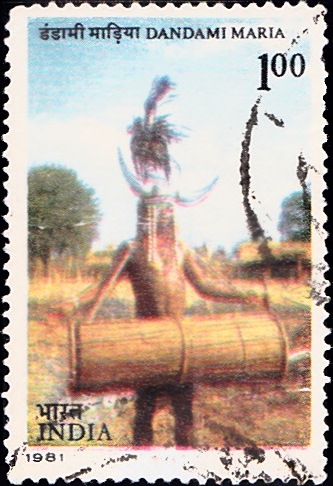
Tribes of India 1981
Complete Set of 4 nos of commemorative postage stamps on the Indian Tribes : Khiamngan Naga, Toda, Bhil and Dandami Maria :
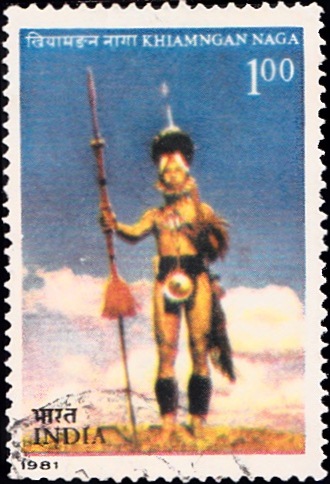
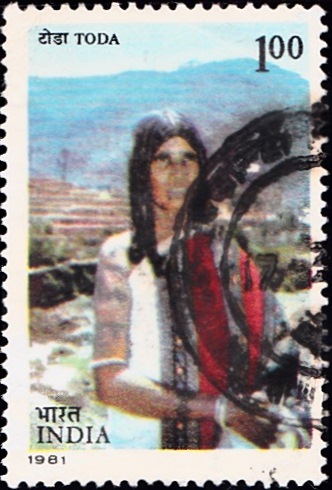
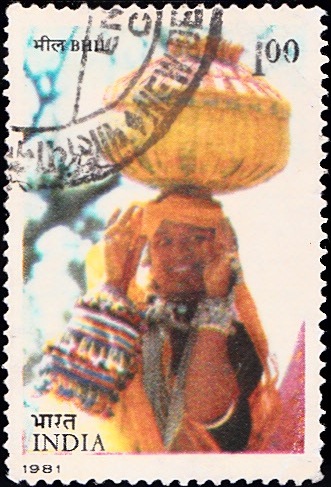
 Issued by India
Issued by India
Issued on May 30, 1981
Designs : The photographs featured on the stamps are by the following :
1. Khiamngan Naga warrior by Kikrumielie Angami (Nagaland Government),
2. Toda Woman by S. Theodore Baskaran (Indian Postal Service),
3. Bhil woman by A.L. Pareck (Jhabua),
4. Dandami Maria man by S.C. Dutta (Indian Postal Service).
First Day cover was designed by Sumhinder Singh and the cancellation by Charanjit Lal.
Type : Stamps, Postal Used
Colour : Multicolour
Denomination : 100 Paise each
Overall size : 4.06 x 2.75 cms.
Printing size : 3.70 x 2.40 cms.
Number per issue sheet : 40
About :
- Indian civilization is a mosaic of many cultures within which the tribal cultures have great significance especially in the context of modern man’s search for his roots. According to Census reports about 6.97% of the population of India are tribals. The numerical strength of tribes vary from about two dozen (Andamanese) to more than 5 million (Bhils). The racial types are proto-australoid, mongoloid, negrito stocks with contributions of palacalpine, nordic, mediterranean and negroid. Their language belong to all the major language families, though Austric, Dravidian and Tibeto-Chinese predominate. Traditionally the tribals live on agriculture, forestry and animal husbandry. However, most tribal societies are rapidly adjusting themselves to the changing milieu.
- Khiamngan Naga :
- The Naga tribes dwell in the hilly tract on the eastern frontier of India. Tuensang District, the home of the Khiamngan Nagas lies on the extreme fringe of this hilly region. They live on hill-tops, often two or more exogamous clans clustered into a village. Simple patriarchal family is the basic social unit. The heads of clans jointly govern villages. They practice jhum (shifting) cultivation; Mia and Tsokum, their traditional festivals, mark the sowing and harvesting seasons. Daos (swords) and spear-heads used by the Khiamngan Nagas reveal a high level of craftsmanship. Basketry is an important industry. Beautiful shawls, bright blue with red squares, embroidered in dog’s hair is their speciality. They are picturesque in their appeal, and adorn themselves with ornaments during ceremonial dancing.
- Toda :
- The Toda are a small pastoral tribe inhabiting the Nilgiris in Tamil Nadu. Their economy, social status as well as religious practices centre round the buffalo. They rear the animal and sell its milk and milk products for livelihood. The dead are cremated alongwith a buffalo in the belief that it will serve the departed soul in the next world.
- A polyandrous tribe, the Todas have no equivalent term for marriage in their social vocabulary. Matches are arranged by parents. When a child is born, the sire performs the bow and arrow ceremony to establish fatherhood. Traditionally Toda women wear white cotton dress intricately embroidered in red and black.
- Bhil :
- Among the tribals in India, Bhils are the most numerous. They live in compact but isolated villages over a fairly well-defined territory comprising the western districts of Madhya Pradesh and the adjoining areas of Maharashtra, Gujarat and Rajasthan. The panchayat consisting of elders is a feature of their village life. The Bhils till the soil for livelihood and often work as agricultural labour to supplement their income. The Bhil women do most of the work at home and in the fields. They wear very colourful dress and deck themselves with a profusion of silver jewellery. They worship many deities, some connected with crops, water, mountains and forests.
- Dandami Maria :
- The Dandami Maria, also known by other names like Bison-Horn Maria, and Khalpati Maria, is a sub-group of the Gond, one of the largest tribes in India. The verdant forests in Bastar District of Madhya Pradesh are their home. Their splendid bison-horn head-gear, topped with refulgent peacock feathers, lends resplendence to their dance which is an inseparable part of their life and leisure. They live by agriculture, supplemented by hunting and fishing. Except for a piece of loin-cloth, they are mostly bare-bodied. Their ghotul (youth dormitory for unmarried boys and girls) is an important social institution. They permit divorce and widow remarriage.
- (Consultant for text : B. K. Roy Burman).


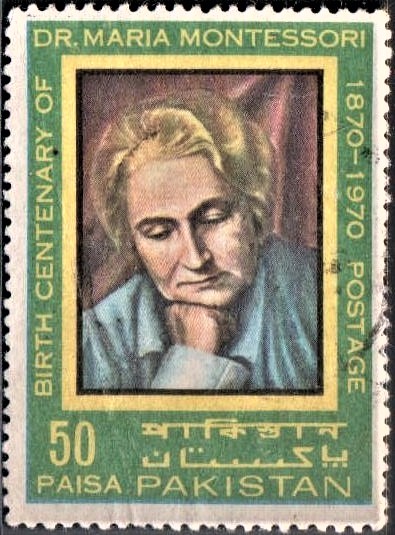

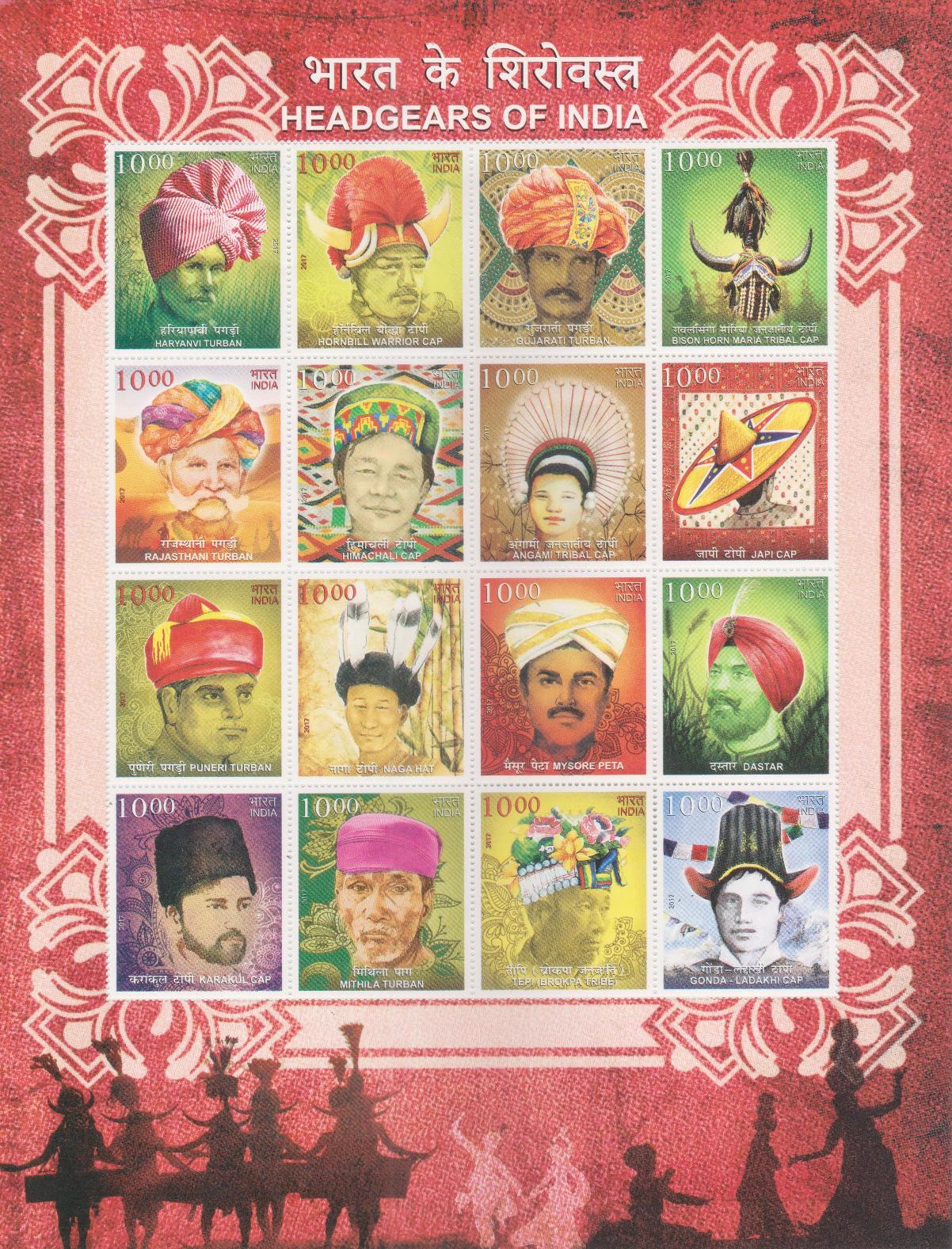

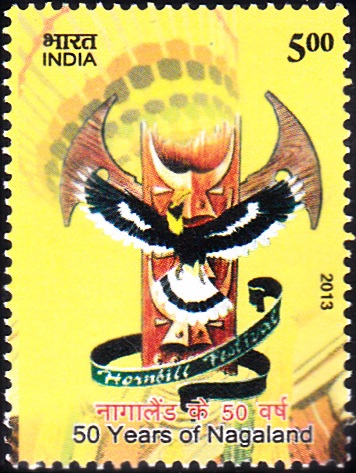

[…] considering his interest in various fields of enduring service such as in famine relief work, Bhil Seva, Harijan Seva, Kasturba work and in the Service of all sections of humanity that are […]